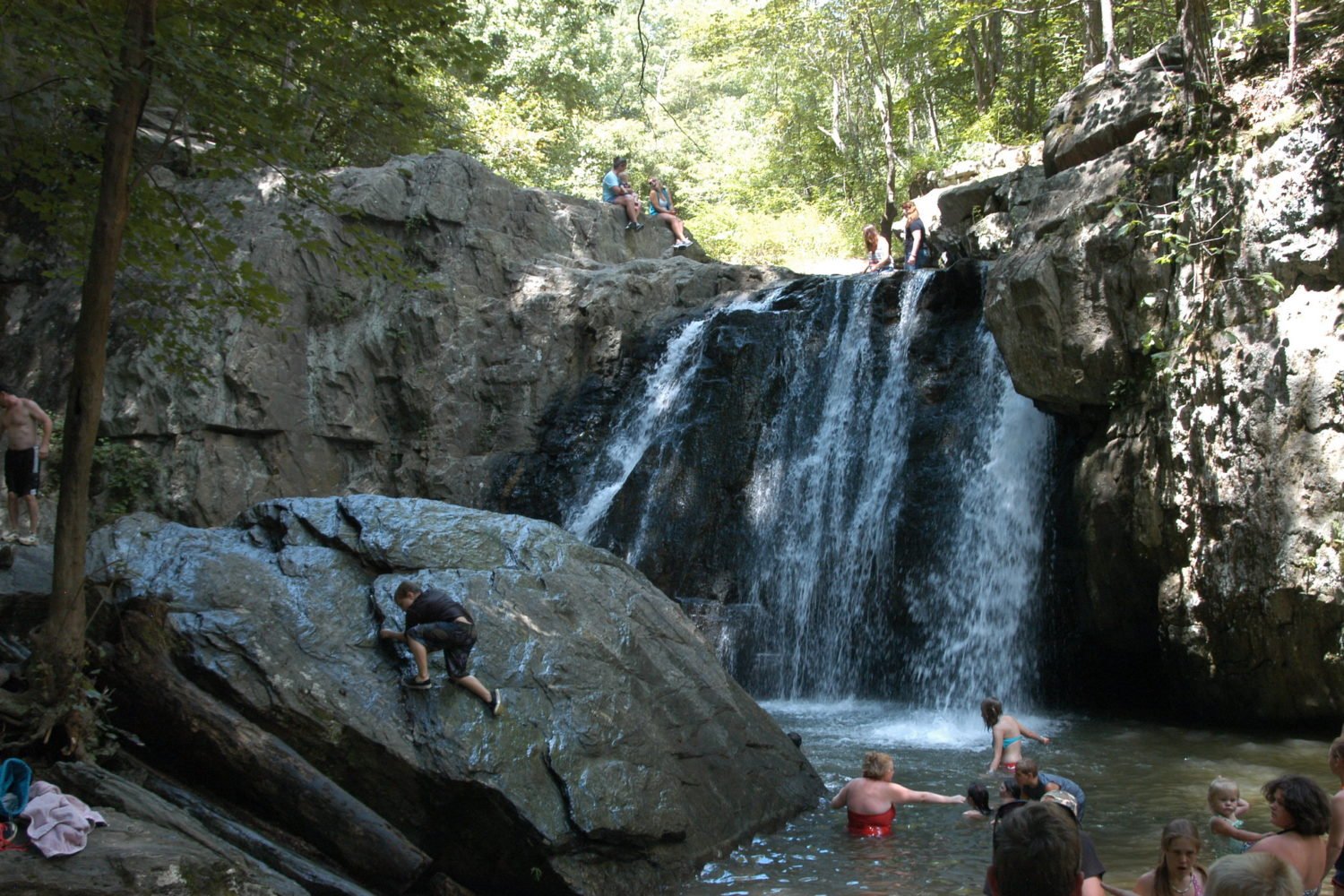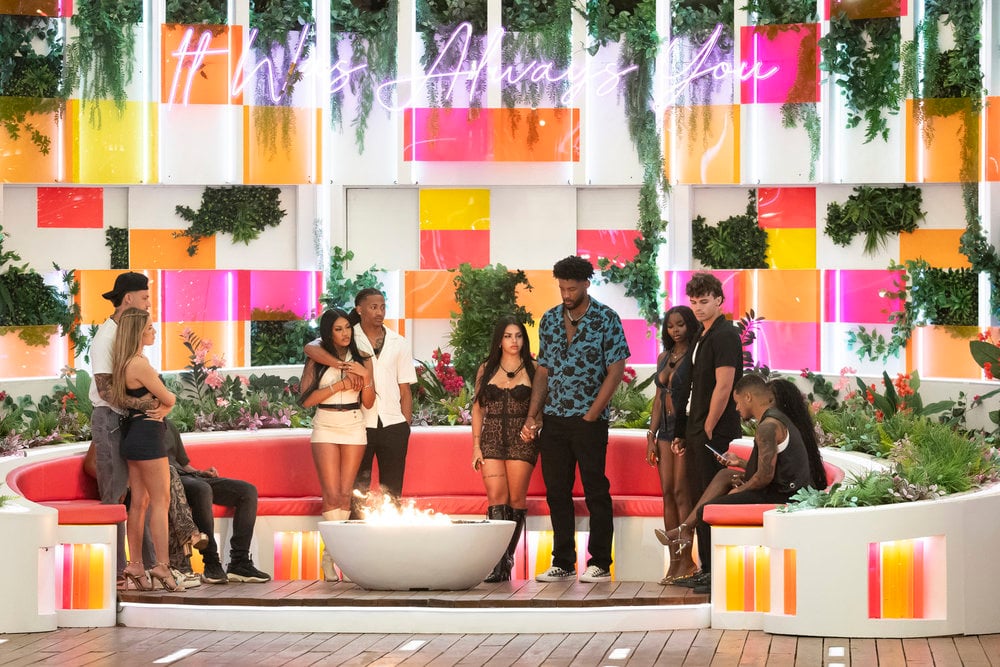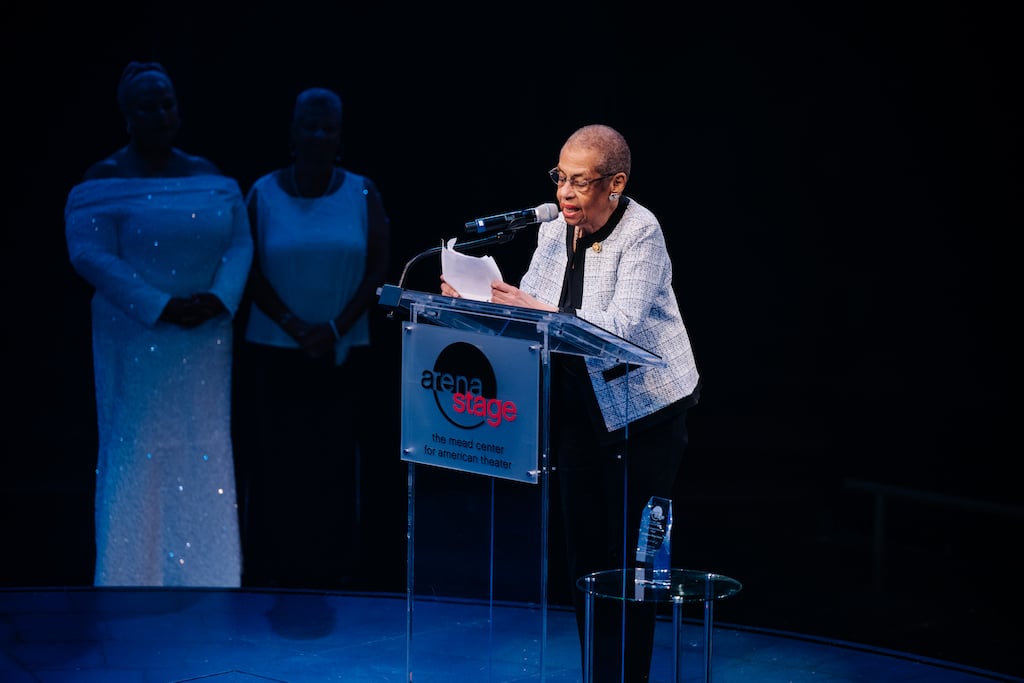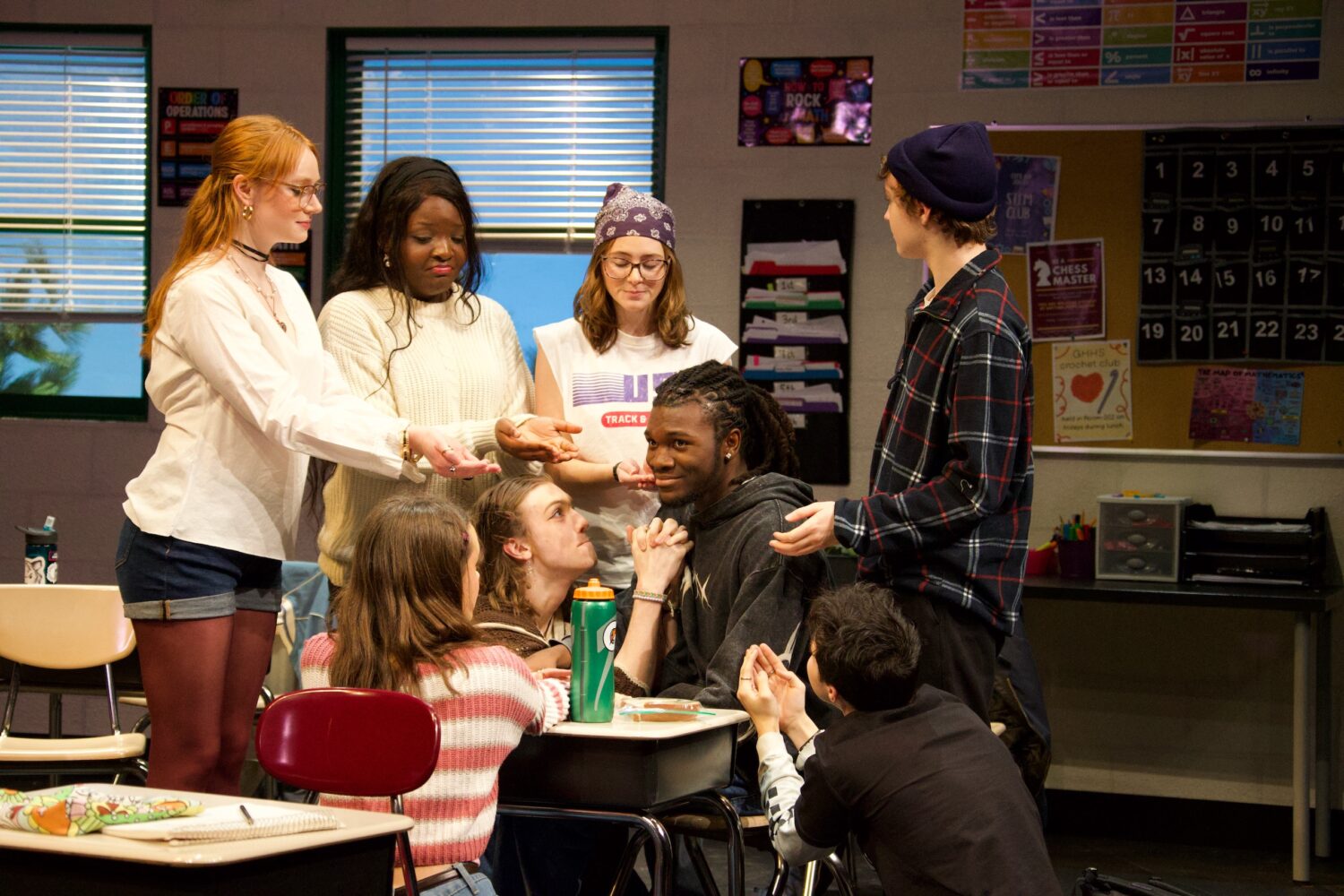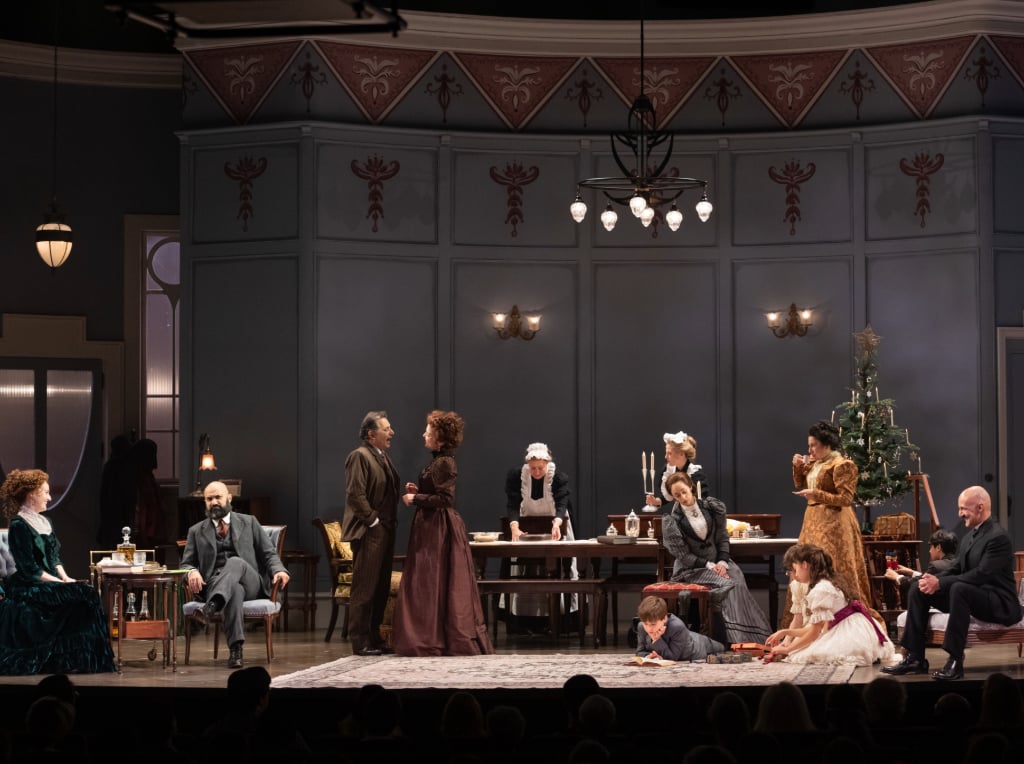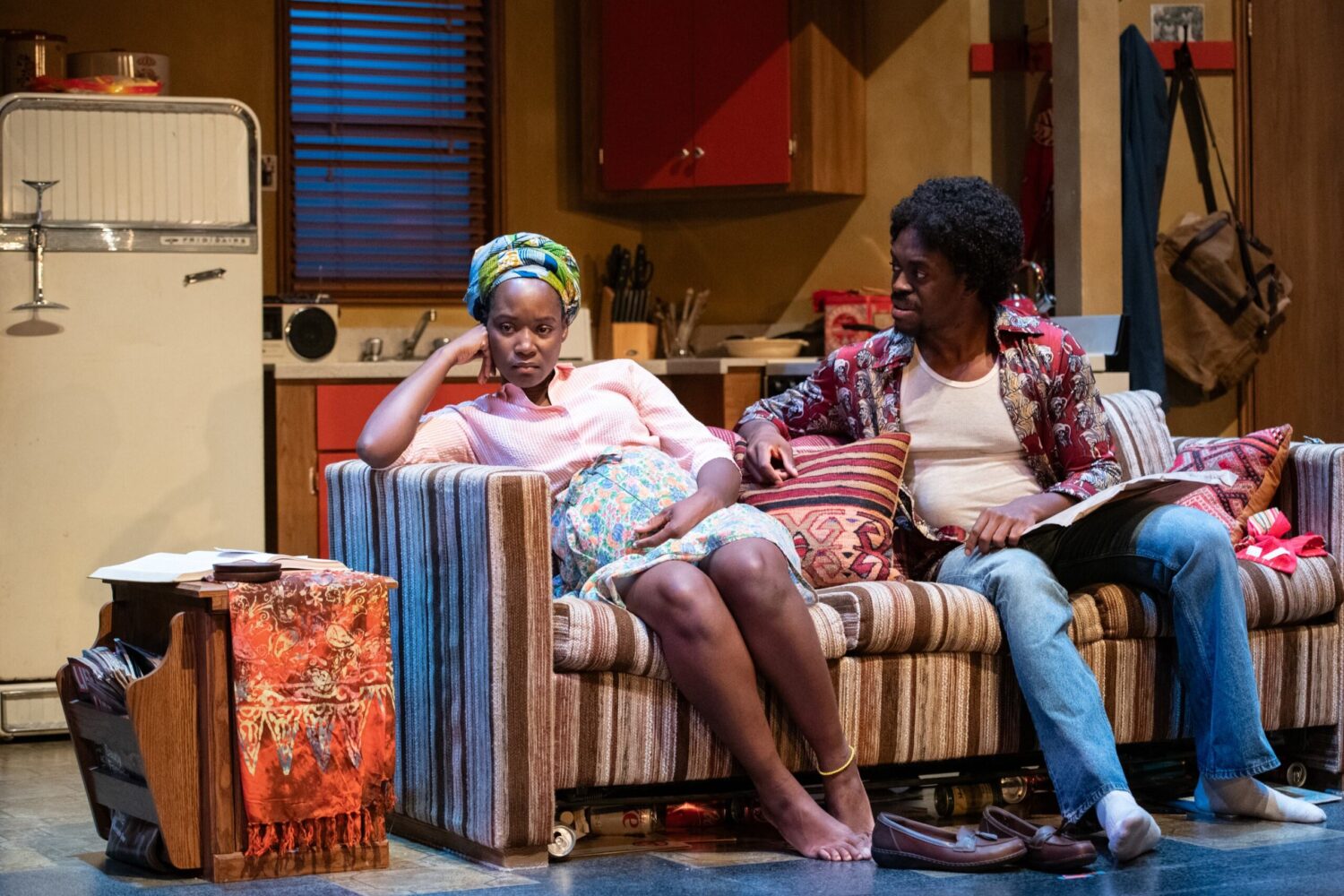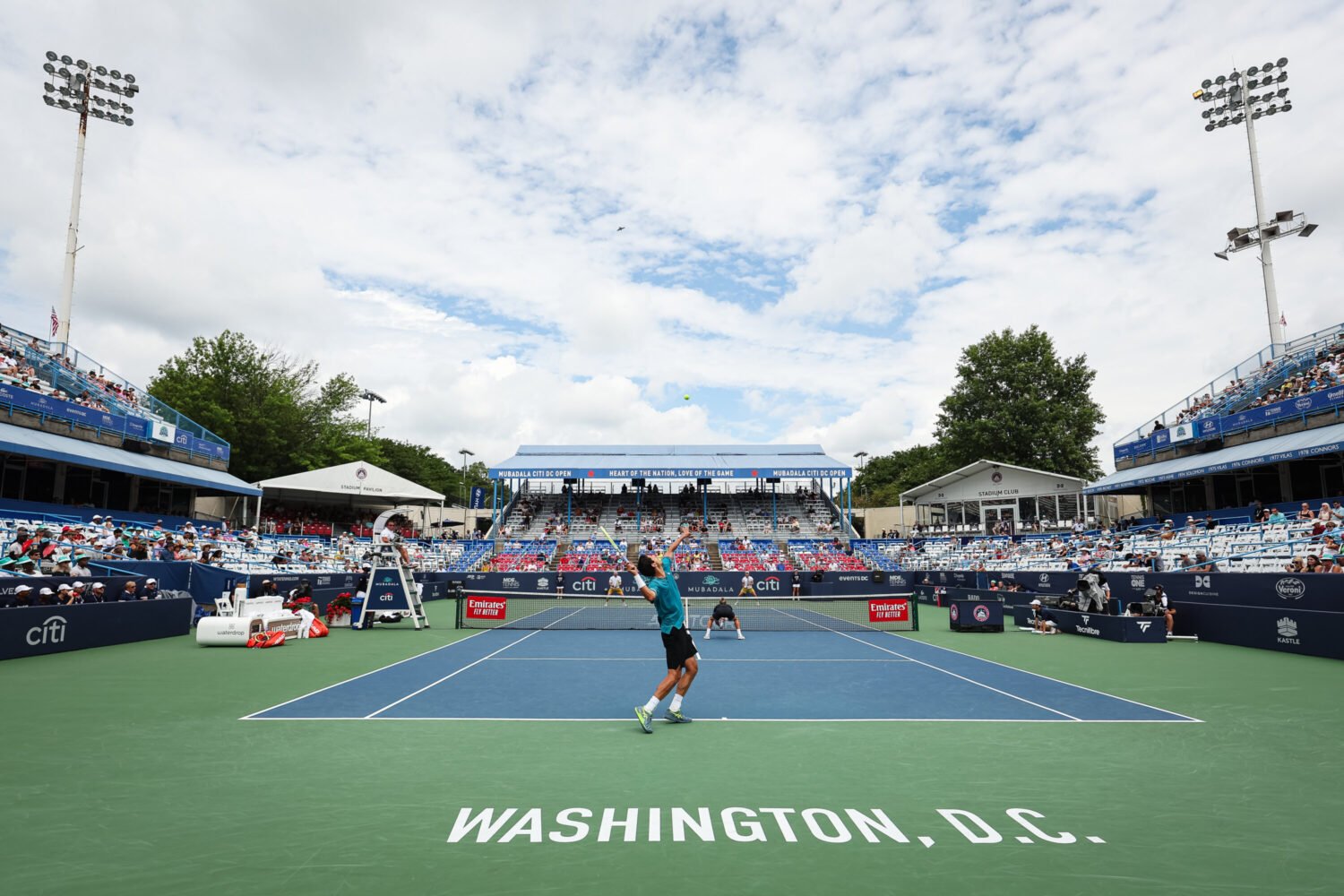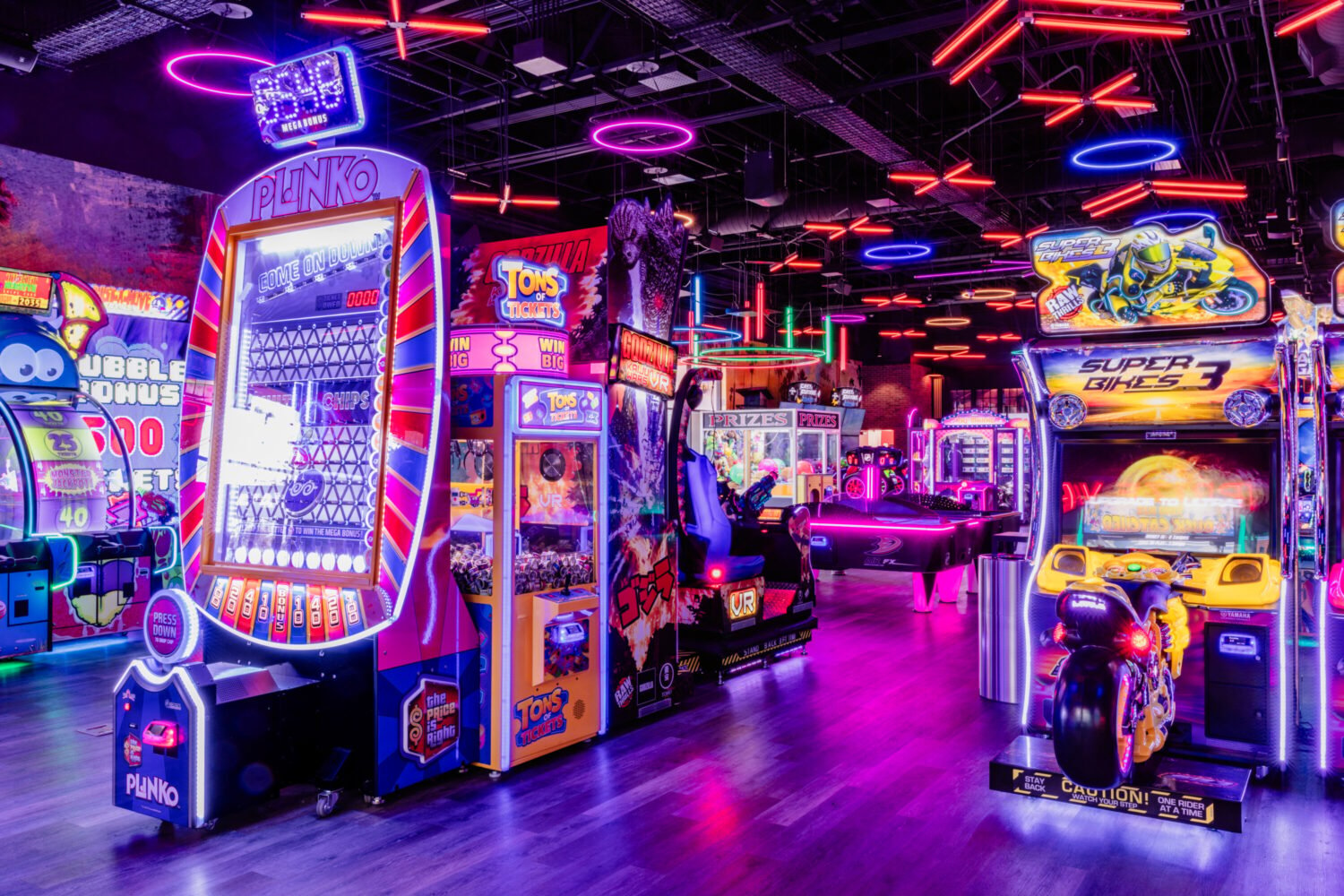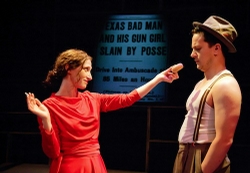
Four years ago, 14th Street’s Source Theatre was in danger of being turned into a pool hall. The local institution, which for over 20 years had staged the Washington Theater Festival, was bankrupt, and facing closure when Cultural Development Corporation stepped in, raising funds to keep the building as a performance venue, and revamping the Source Festival as an annual showcase for new and experimental theater.
The Source Festival opened last weekend and runs through July 3, presenting 18 short plays, three full-length plays, and four artistic “blind dates,” or collaborations between artists from different backgrounds. We spoke with festival producer Jenny McConnell Frederick about some of the shows to look out for.
What made you decide to start staging full-length plays at the festival?
When I took over last year, Jeremy Skidmore had been producing the festival, and doing mostly one-act plays. I made the change because I felt full-length plays had a larger reach, and a better chance of getting produced in other cities. So the festival now consists of three full-length plays and 18 ten-minute plays, as well as the artistic blind dates. We had an open, nation-wide call for the ten-minute plays, where anyone can submit work, and we got around 600 submissions. We have a team of 100 readers, consisting of theater professionals, audience members, and other people connected to the arts community, who read these plays and help us narrow them down to 18. And the full-length plays are done by invitation, so we invite people who’ve done short plays before, or recommended playwrights, to submit works. We got 60 this year, and three were selected to be produced.
What’s an artistic blind date?
I think it’s one of the really unique parts of the festival. We do an open call for artists from any discipline—visual artists, filmmakers, musicians, theater artists—and we ask them to apply, not with a specific project in mind, but with a concept of themselves and their vision as an artist, and the types of things they like to work on and produce. We interviewed people to decide who were the most interesting, and then we paired them up into four different groups, trying our best to make sure that nobody in any group knows each other. We look for the most artistic diversity, so we’re pairing different mediums together, and then we give each person a $750 grant and four months to create a collaborative piece. They devise and create original performances which are between 30 and 45 minutes long, and they’re really unique works.
Which full-length plays are you staging this year?
We have one by Michael Mitnick called Space Bar: A Broadway Play by Kyle Sugarman. It’s this fabulous tale of a kid who has written a play, and insists it’s the best play in the world, so he writes a series of letters to Broadway to tell them to produce it. So it’s about theater in New York, but it’s also a really sweet, simple story about this boy and his relationship with his father, and it’s a comedy with a really good heart.
We also have Volcanic in Origin by Gregory Hischak, which is a series of vignettes inspired by tectonics—either actual geographical tectonics or emotional, relationship-style tectonics about shifting spaces on uneven ground. It’s a really different kind of piece that looks at the same theme through different angles.
The third piece is called The Making of a Modern Folk Hero by Martin Zimmerman, and it’s inspired by an actual guy in Mexico who decided to be a superhero, and fight for the rights of the under-represented, and take on things he might not be able to do in a more legitimate profession. In this story there’s a politician who asks an out college buddy of his, an out-of-work actor, to become a superhero and help fight for the causes he believes in. The show also has some really cool puppetry in it.
What do you look for in a play?
We really focus on finding people who have very fresh ways of telling stories. We wanted great stories, but also people who were telling them in interesting and unique ways, and who represent fresh voices in American theater.
Which ten-minute plays do you recommend this year?
It’s so hard to narrow them down. There’s one called Love, Death, and Latex, where the actors play helium balloons at a children’s birthday party, and it’s a very high-drama, high-stakes look at what the experience of being a helium balloon may be. That’s a really funny one. Then there are some sweet, heartfelt ones, like Driving Home, where this couple is having this very subtle conversation about what’s happening with them and where their relationship is going, and you actually realize toward the end that they’re Bonnie and Clyde. They’re nearing the end of their spree, and it’s this quiet intimate look at people who we know as antiheroes.
What’s different this year?
We’ve shifted the way the festival’s structured, so now it runs more like repertory, and you can come at any point in the festival and see full-length plays or ten-minute plays. The artistic blind dates are structured between the other pieces, and they run upstairs. On our closing weekend, we’re running all the ten-minute plays on Saturday, and all the full-length plays on Sunday, so if you’re feeling really committed you can come and see everything in the festival. It’s a nice way to be able to get people to see the whole thing instead of just a piece of it.
The Source Festival is at Source DC through July 3. Tickets ($20 for individual performances, $55 for four-play packages, $125 for an all-access pass) are available at the Source Festival’s Web site.
Subscribe to Washingtonian
Follow Washingtonian on Twitter
More>> After Hours Blog | Arts & Events | Happy Hour Finder | Calendar of Events




